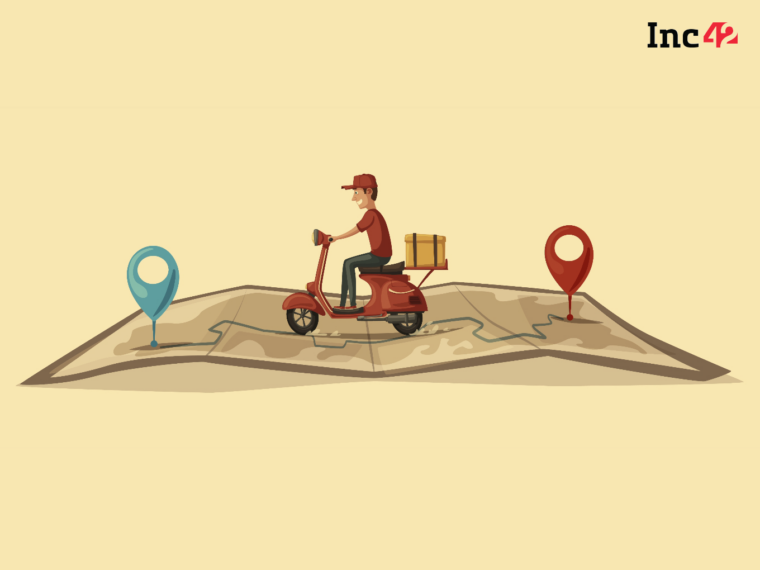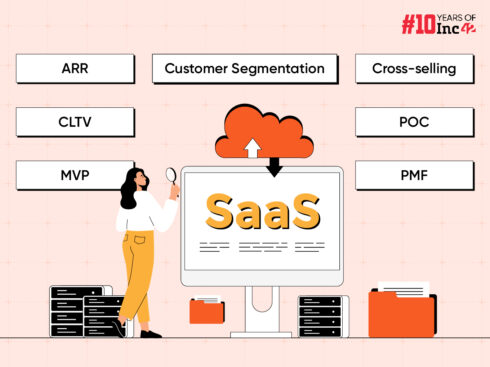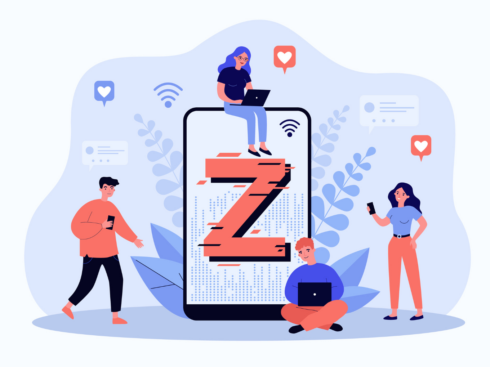
SUMMARY
Since all ecommerce must end in a delivery, the successful conversion of a customer's order into a final delivery can often make or break a business
The Indian delivery ecosystem is built on the hypothesis of an abundant supply of low-cost labor, but what if the labor was neither abundant nor low cost?
Ultimately, we need a solution where everyone wins, and these hybrid, interoperable logistic micro-networks are a surefire way to create a sustainable and scalable logistics ecosystem
Last-mile logistics is the vital link that connects businesses to end customers, a crucial and true differentiator in the supply chain. Though the essence of last-mile logistics has remained constant, the mechanisms have evolved.
The advent of technology, coupled with the rise of the instant economy, has rewritten the playbook. Horse-drawn carriages have given way to motorized vehicles, and foot messengers to digital notifications. The thread of history, once spun by traditional traders and hawkers, is now woven with algorithms and real-time tracking.
As the pandemic provided a significant momentum boost to ecommerce and aggregators worldwide, the Indian logistics sector witnessed substantial growth too. According to Redseer Consultants, the ecommerce logistics industry saw a growth of over a billion in FY23, and it is projected to maintain a minimum CAGR of over 20%.
This growth trajectory will see Indian ecommerce cross a trillion dollars before the end of this decade, a crucial piece in India’s journey to being the third-largest economy in the world.
Since all ecommerce must end in a delivery, the successful conversion of a customer’s order into a final delivery can often make or break a business.
There have been significant digitisation efforts for businesses over the past few years, including the rapid adoption of omnichannel business models such as creating digital storefronts to sell on marketplaces and utilising digital payment methods such as UPI and gateways.
Managing deliveries, especially the intricacies of last-mile logistics and fleet management still remains operationally heavy and highly unorganized. There is a painful digital disparity between the demand and the supply side of businesses.
Despite significant investments in Indian logistics companies, brands are still concerned regarding the reliability of third-party logistics (3PL) partners. Consequently, many businesses have opted to return to employing their own dedicated captive riders.
According to insights from Redseer, the use of captive riders has increased from 48% in 2017–18 to a substantial 67% today.
The question is: Why is every delivery company bleeding capital? Why are businesses choosing to manage their deliveries internally, even when more options seem to be available? Why does the entire logistics ecosystem operate in layers upon layers, where profitability remains elusive? There are aggregators, followed by 3PL partners who collaborate with regional vendors, who in turn outsource to local manpower suppliers, and eventually, we reach the final rider. Why is unit economics completely broken?
The Indian delivery ecosystem is built on the hypothesis of an abundant supply of low-cost labor, but what if the labor was neither abundant nor low-cost?
Amidst this chaotic landscape of disrupted unit economics, incomplete solutions, and unmet demand, India’s last-mile logistics ecosystem desperately requires rethinking and reconstruction.
Breaking Barriers And Bringing Digital Parity
We all like more options, and it would be more exciting if all options could be perfectly replaceable. What if we had dependable technology that gave the best delivery solution based on our business needs? What if we had the freedom to choose a delivery option that is best suited for the situation?
The solution lies in transforming the Indian delivery ecosystem by enabling each business to build its own hybrid, unified, and interoperable delivery network. No barriers, no compromised choices, no lost revenue, no latency, no digital oppression – just a thriving and equitable ecosystem for all!
On the other hand, what if all delivery participants in the ecosystem were able to provide a similar experience to the businesses and their end customers? The ability to build their own micro-networks offers businesses valuable freedom – the ability to select delivery partners tailored to their specific products or commodities.
For example, consider a business selling cakes; it needs special handling and premium delivery partners. Conversely, a grocery store might require fast delivery options. It’s important to note that the delivery experience for an INR 200 order differs significantly from that of an INR 2000 order.
These open networks empower businesses to make these crucial choices, ensuring that the delivery aligns perfectly with their unique needs and customer expectations.
Often, businesses with delivery partners find their resources underutilized during periods of low demand. Conversely, during peak hours, they are constrained by limited capacities. Through their own networks, businesses can seamlessly share their riders across the network to optimize latency and reduce delivery costs.
On the other hand, access to robust and hybrid networks means never having unfulfilled demand and thus increasing revenue. This interconnected network fosters optimal efficiency, ensuring each vehicle and team member is used to their maximum potential, alleviating congestion and streamlining operations.
A True Digital Parity For All
Ultimately, we need a solution where everyone wins, and these hybrid, interoperable logistic micro-networks are a surefire way to create a sustainable and scalable logistics ecosystem.
Small and medium-scale businesses, whether offline or online, can reap the benefits of diverse delivery options, enabling them to satisfy customer demands even during periods of high demand.
Smaller logistics providers can access advanced technology and expansive networks that were once beyond their grasp. End consumers, in turn, will enjoy improved delivery services, quicker turnaround times, and enhanced transparency.
This transformation will truly unleash the growth of ecommerce at a macro level and, at the micro level, enable profitable businesses both on the demand and supply side. The time is ripe for a reckoning; the logistics ecosystem now needs to play to win because playing not to lose won’t cut it.


























